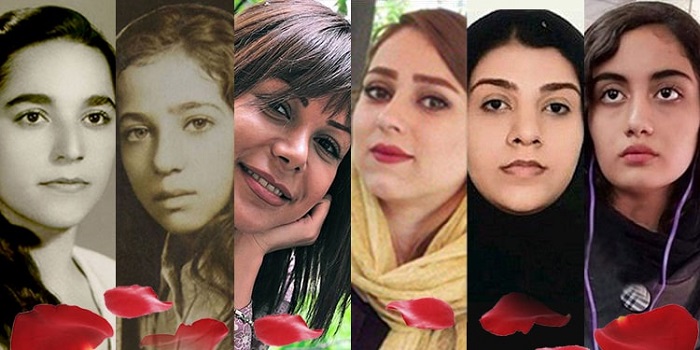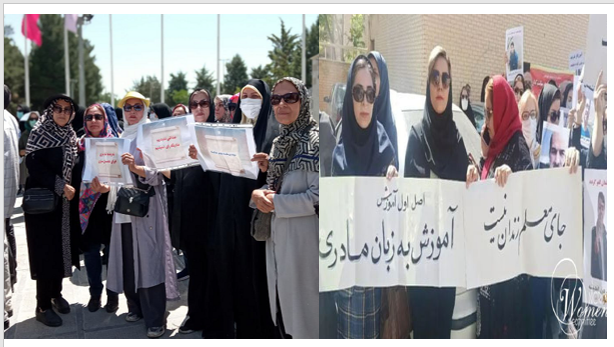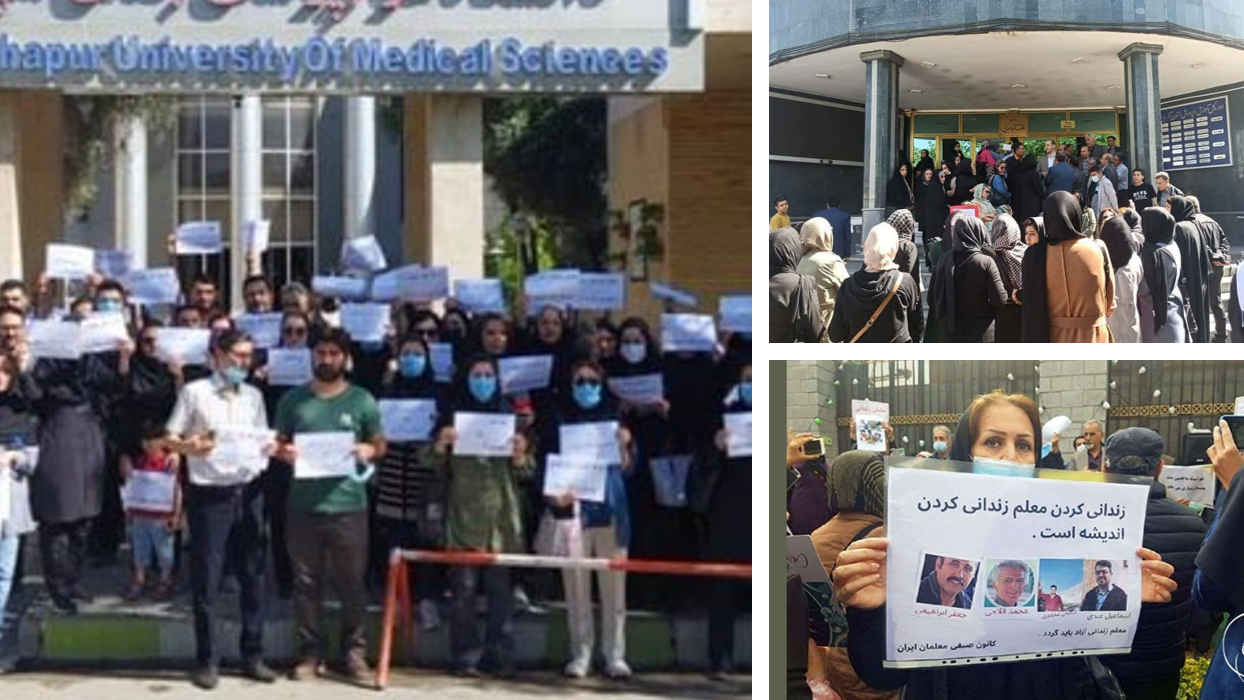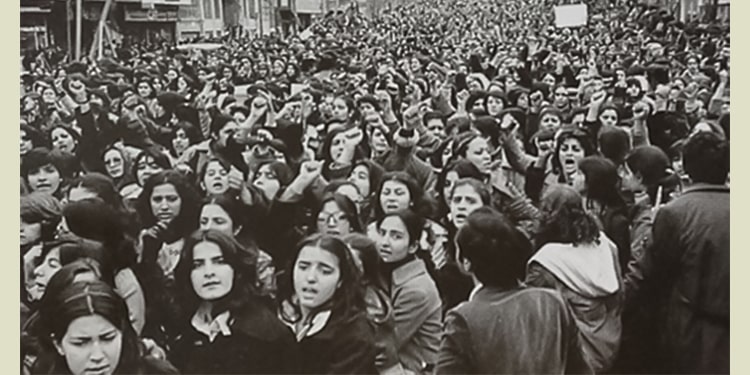
On June 20th, we commemorate the start of the Iranian people’s fight for freedom and democracy in 1981, particularly the profound influence of women on this journey.
On June 20th, we commemorate the start of the Iranian people’s fight for freedom and democracy in 1981, particularly the profound influence of women on this journey. Iranian women have long been at the vanguard of their people’s struggle against the mullahs’ religious dictatorship.
Their contribution to the fight for freedom dates back to the Shah’s era, where women who sacrificed their lives for liberty in the 1970s paved the way for significant female participation in the movement.

We honour the tens of thousands of women who since the inception of the mullahs’ rule in Iran have shed blood for the cause of freedom and persistently demanded democracy. Refusing to yield to dictatorship, these women transformed into beacons of resistance, illuminating their nation’s path towards liberation.
Less than a month after the overthrow of the Shah’s dictatorship, Iranian women were the first to feel the impending tyranny of another oppressive regime. Khomeini’s first fatwa on March 7, 1979, targeted women’s freedoms by mandating the veil. Iranian women responded with mass protests on International Women’s Day, March 8, 1979.

For 2.5 years preceding June 20, 1981, women joined opposition groups like the People’s Mojahedin of Iran (PMOI/MEK), resisting the new regime’s tyrannical advances. Schoolgirls supporting the opposition endured deadly attacks.
A notable protest against the regime’s brutality was the demonstration staged by the Muslim Mothers’ Society, which garnered 200,000 participants, notably shaking the mullahs’ confidence.
On this day, Khomeini’s revolutionary guards opened fire on the peaceful demonstrators, prompting the women of Iran to choose between submission and resistance. Their choice to resist birthed an enduring legacy of defiance against tyranny.

Post the June 20th crackdown, the regime initiated a massacre of its opponents. Unjustly, young women and girls were among the first victims. This brutal regime indiscriminately murdered individuals from all walks of life. Women in particular endured the worst of the regime’s cruelty, subjected to double the quota of torture.
Despite this inhumanity, women continued to resist, inspiring their fellow prisoners and dealing significant blows to the clerical regime’s medieval ideology.

According to the Iranian Resistance, around 5,000 of the 20,000 recorded victims of execution were women of MEK. The number of political executions by the clerical regime is estimated to be 120,000, with women making up a third of this figure.
As we remember the June 20th milestone, we salute these heroines who courageously fulfilled their responsibility towards their people, country, and history. The struggle for freedom in Iran remains an enduring testament to their courage and resilience.

MEK Iran (follow us on Twitter and Facebook), Maryam Rajavi’s on her site, Twitter & Facebook, NCRI (Twitter & Facebook), and People’s Mojahedin Organization of Iran – MEK IRAN – YouTu







